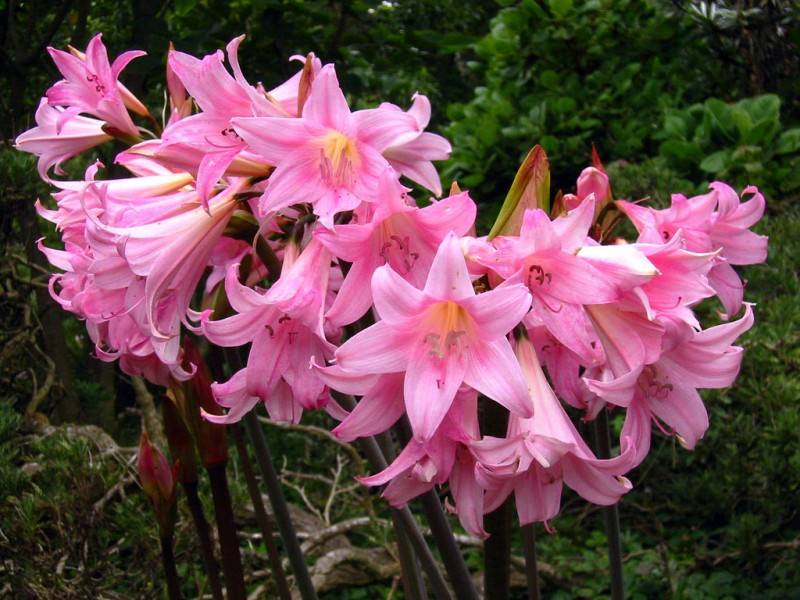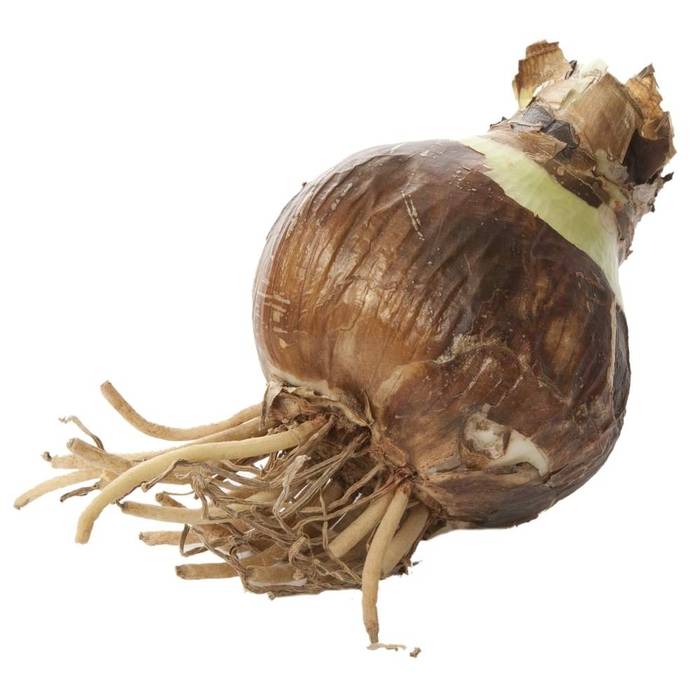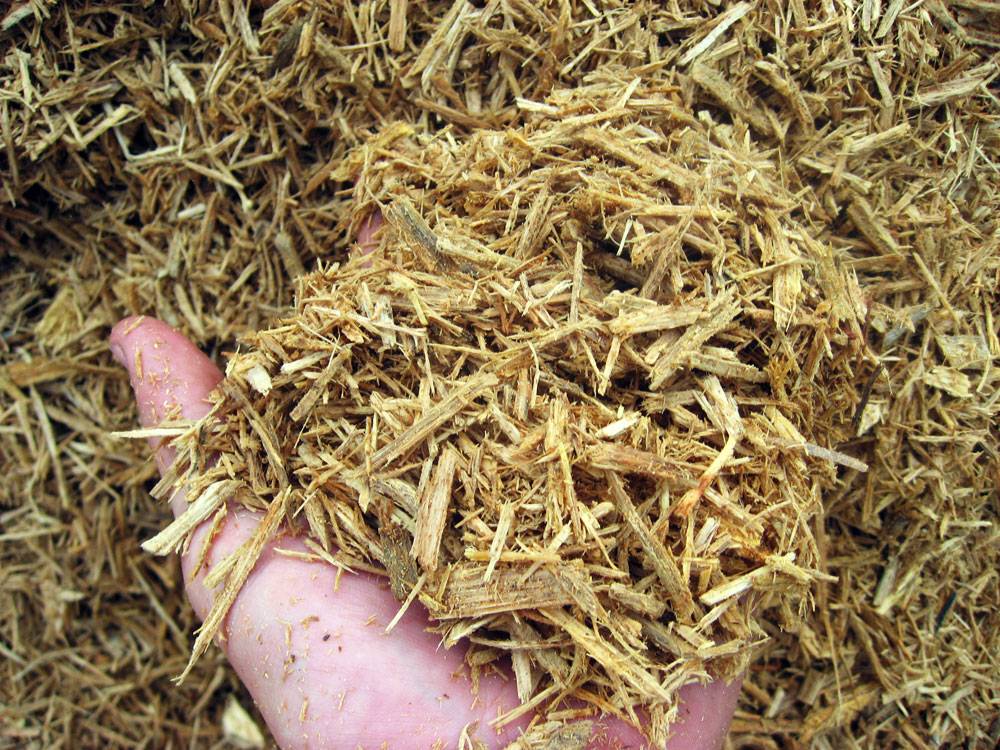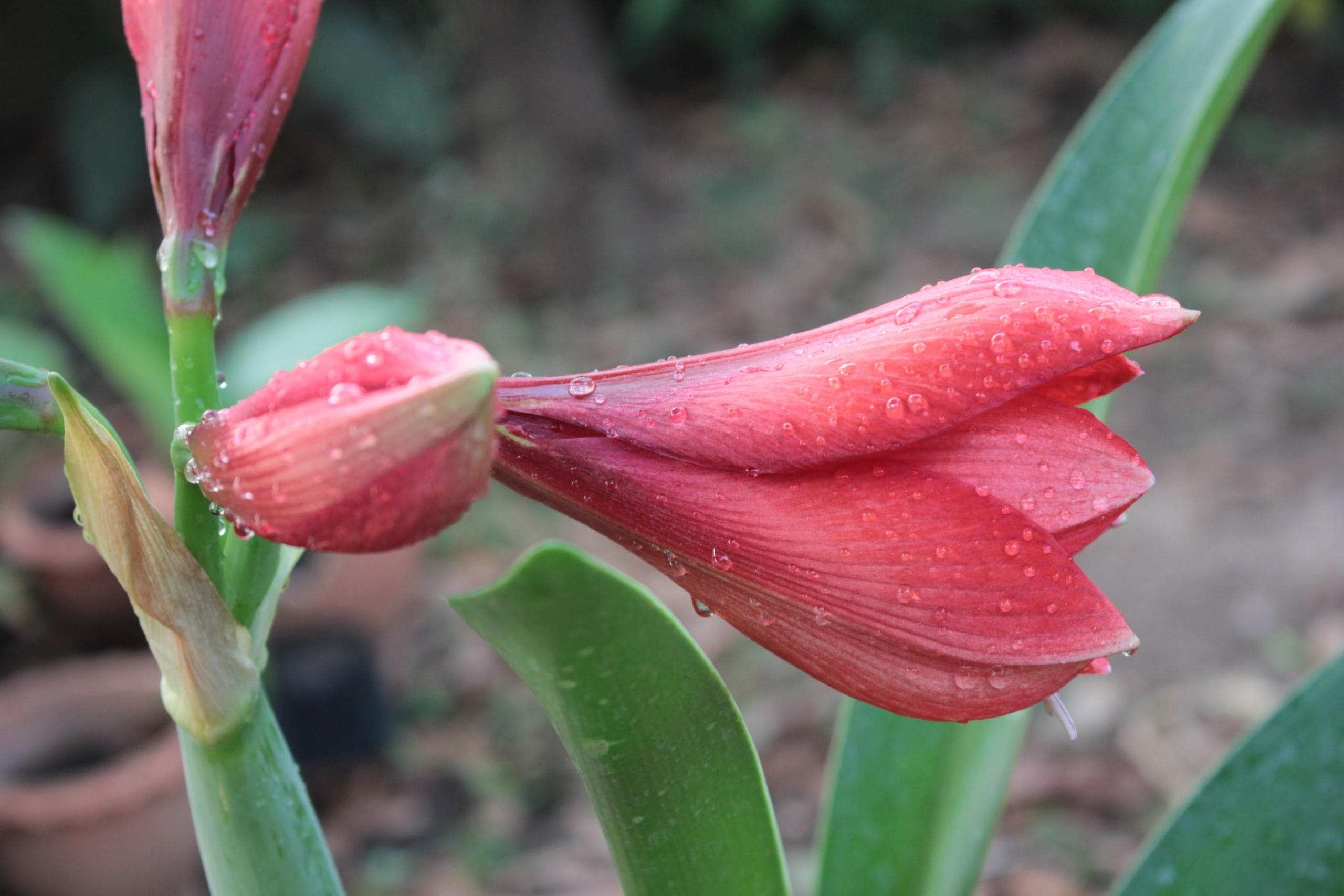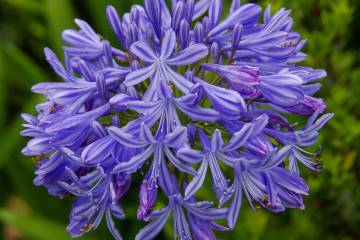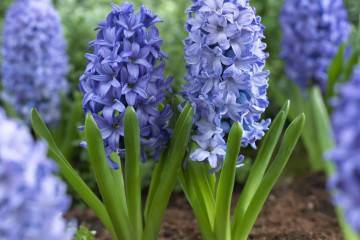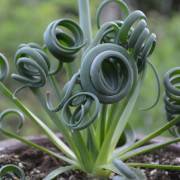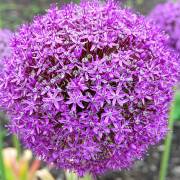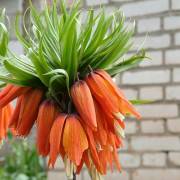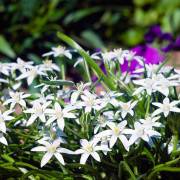How to grow garden amaryllis outdoors
Content:
Amaryllis is a bulbous plant native to South Africa that is easy to care for. It is used to a warm and dry enough climate, which must be taken into account when planting in the garden. An attractive flower takes root well in indoor conditions, delighting with a variety of varieties and species. The most popular of these is the amaryllis belladonna. His flowers can be white, pink, red and even purple.
Where to plant amaryllis garden
Its growth and development depends on the place of planting of amaryllis. Therefore, you need to responsibly approach this step, taking into account the preferences of the flower:
- Choose an open place where there will be no obstacles to sunlight. His plant loves, so it is better to plant the bulb on the south side of the garden.
- For amaryllis, the absence of drafts is important.
- The soil must be well drained. Foam plastic, expanded clay, sand, perlite are used as an auxiliary material. This will make the soil looser and more breathable. If there is a lot of clay, you need to add compost to it.
Amaryllis in the open ground of central Russia will not be able to endure the winter. Therefore, before the onset of cold weather, the bulbs are dug up and sent to the premises for storage. Perennial wintering takes place in a pot, where it must be transplanted in advance. But you need to keep it cool, a comfortable temperature is in the range from 10 to 18 degrees. The main thing is that there is no minus in the room, otherwise the plant will die.
For amaryllis to rest and gain strength, 1-1.5 months is enough for him. At this time, you do not need to feed it, but it is slightly required to moisturize. It is very convenient to do this through a pallet. Be sure to pour out excess moisture to prevent decay.
Open ground planting rules
Amaryllis is well known as a houseplant. The tall peduncle and the bell-shaped buds leave no one indifferent. But not everyone knows whether it is possible to plant amaryllis on the street, whether it will withstand such conditions. A sunny place and properly selected drainage will allow the plant not only to survive in the open field, but also to please with colorful flowering.
There are two ways to plant heat-loving amaryllis in the garden, using the seeds or bulbs of the plant.
Growing from seeds
Seed propagation is a laborious process, it often ends in failure, so only experienced gardeners resort to it. Cross-pollination will help obtain growing material. The seeds ripen 2-3 months after the procedure. It remains to remove them from the box and proceed to the complex procedure.
You need to plant seeds, following the instructions:
- Drainage is poured into the bottom of the prepared container.
- Lay a nutritious soil.
- Make grooves about two centimeters deep.
- Place the seeds so that the distance between them is kept about a centimeter.
- The soil is moistened. You need to make sure that it does not dry out.
- Seedlings are transplanted into separate pots after about a month, when the plants are a little stronger.
Growing from bulbs
Before planting the bulbs, they need to be inspected. They should be dense to the touch, if there are rotten areas or traces of mold, they should not be used.First you need to remove the damaged areas and treat with a solution of potassium permanganate. This will disinfect the plant and prevent the spread of the infection.
Planting amaryllis in open ground is carried out as follows:
- Spacious holes are prepared in the beds or flower beds. They must comfortably fit the bulbs so that the roots of the plant are not injured, and there is room left to completely cover them with earth.
- The drainage is filled up.
- The bulbs are placed at a depth of about 15 centimeters. They need to be covered with soil and maintain a distance of 25 centimeters to the neighboring plant.
- There is no need to water after planting. When sprouts appear and reach a height of 10 centimeters, they must be abundantly moistened;
- Amaryllis is mulched with sawdust, this will ensure the preservation of moisture in the soil.
It is recommended to plan a planting in the garden in March.
Fertilization and feeding
It is not advised to feed the street amaryllis until the peduncle appears. Otherwise, only lush foliage will grow. You can not wait for flowering or it will be scarce. Then periodically, namely twice a week, you need to fertilize the plant.
The funds required for amaryllis depend on the phase of its growth:
- nitrogen-containing preparations are required in spring;
- in summer - mineral complexes;
- before autumn - fertilizers, which include phosphorus and potassium.
You can buy everything a flower needs for harmonious growth in flower shops. It is also allowed to use potassium salt, ammonium nitrate, magnesium sulfate. Organic and mineral substances must be added to the soil in turn. Mullein and bird droppings will help amaryllis when bred in the correct proportions. In the first case, 5 liters of water are required for 150 grams of raw materials. Poultry droppings for the same amount of liquid need 30-40 grams.
Watering
Before flowers appear on the plant, it should be watered sparingly. It is only necessary to moisten the soil to prevent it from drying out. Experienced flower growers from personal experience generally recommend refraining from the procedure. Then, when the buds are tied, the amaryllis should be watered abundantly before the end of the flowering period. It is better to use settled warm water, rain will do.
For a plant, not only waterlogging is dangerous, but also drying out of the soil, so you need to find a middle ground. To retain moisture, you can use sawdust when mulching the soil.
Growing problems
The main problem when growing amaryllis outdoors is the lack of flowering. It is necessary to observe the necessary conditions for the plant to be comfortable, in particular to provide sunlight and protect it from drafts. Timely watering and feeding will make the flowering lush and colorful. Then you will definitely need a support so that the stem does not break.
The lack of flowering is often due to a lack of nutrients in the soil. Improper feeding, poor soil, a large amount of clay are the reasons that the buds cannot set.
If last season many flowers were set on the amaryllis or the summer turned out to be cloudy, it is possible that the bulbs have given up all the nutrients and useful substances. As a result of depletion in the current year, the plant can only produce abundant foliage. The buds themselves will not appear, despite proper care. Perhaps the bulb is too deep in the ground. An unsuitable hole was created for her, so the peduncle cannot fully grow. It must be remembered that a depth of 15 centimeters is sufficient.
Disease prevention
Amaryllis grown in the country can suffer from root or gray rot. Also, brown spots sometimes appear on its foliage, which often affect peduncles. This disease is called red burn. To stop the spread, you need to remove all infected parts of the plant and treat with special means. Damage to the leaves and peduncles usually indicates that the disease has also affected the bulb. It is with her that the infection of amaryllis begins.
Storing your bulbs correctly and inspecting them carefully before planting will help you avoid many problems. It is also important to observe the watering regime, then it will be possible to grow the plant with pleasure, observing the formation of buds.
The foliage turns yellow
Amaryllis foliage usually turns yellow due to abundant watering. If the moisture regime is not violated and the water does not stagnate at the roots, you need to carefully examine the flower, whether aphids or thrips have settled on it. Sucking parasites take nutrients from the plant, as a result, it withers.
Pale leaves
The leaves of the flower can burn out in the sun, as a result, they change their color, become pale. If amaryllis is under the scorching sun, then it is worth shading it a little, because the plant needs diffused light.
Garden amaryllis is an attractive perennial plant that can decorate any flower bed. He also feels good on the alpine slides located on the sunny side. Planting and caring for amaryllis in the garden cannot be called burdensome, the main thing is to take care of lighting and establish a water regime. Compliance with all recommendations will help to avoid problems associated with growing a thermophilic representative of the flora, which will delight with annual abundant flowering.
